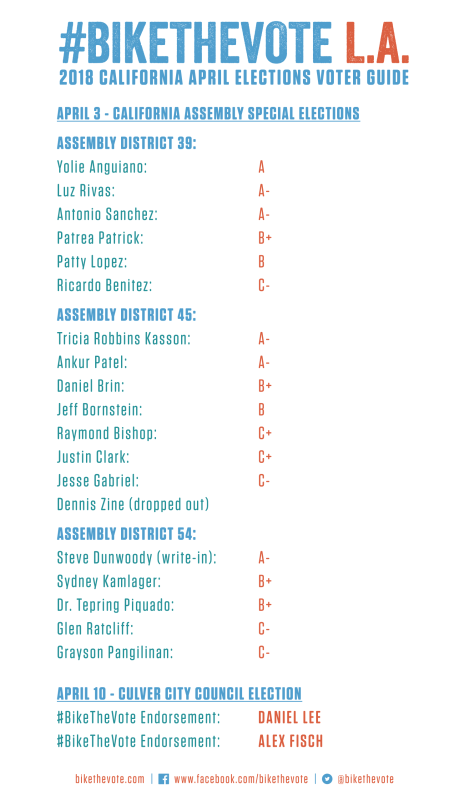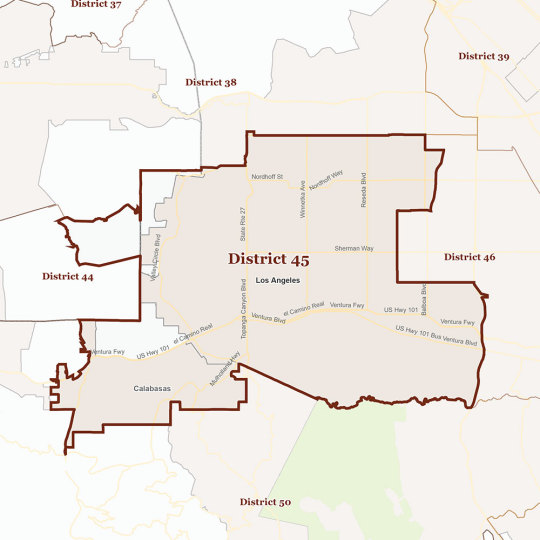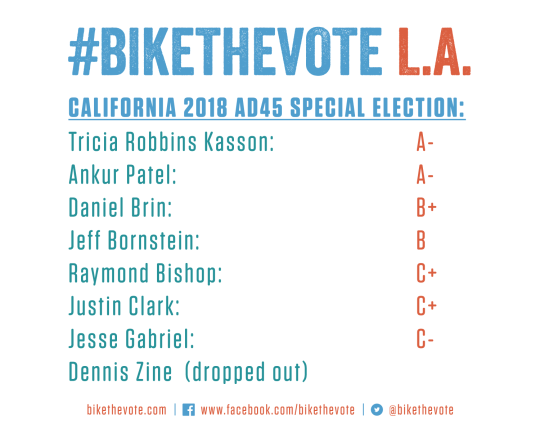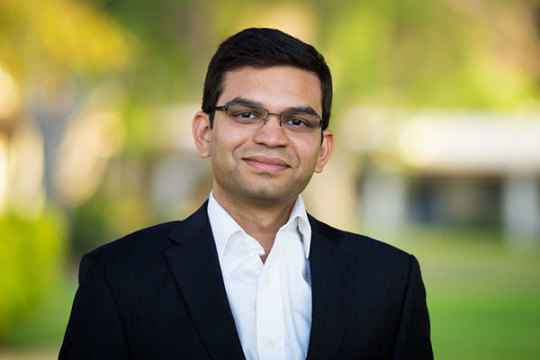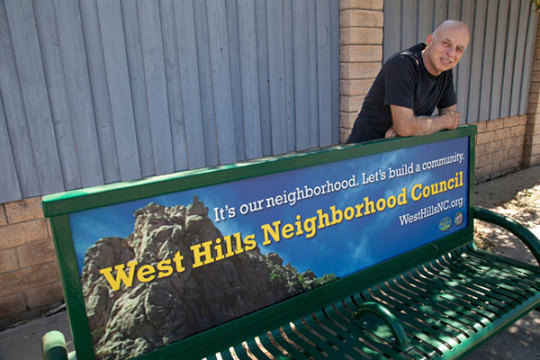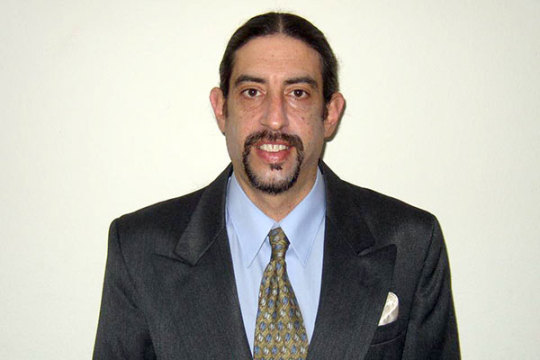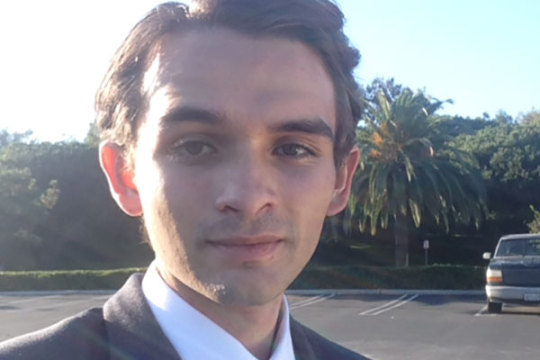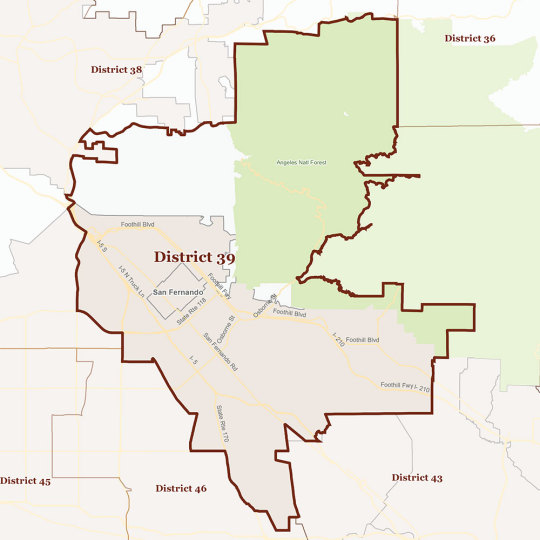As everyone knows, the November 6th midterm elections will be incredibly important in determining the direction of the country. The national Republican Party, which controls both chambers of Congress, has shown no interest in holding the Trump administration to account for policy-making that is increasingly corrupt, racist, xenophobic, isolationist, anti-science, and on a local level, anti-transit.
But, beyond the continuing clown show of national politics, California faces some crucial decisions. Can Democrats win back a supermajority in the State Senate and continue to make progress on climate issues? Will voters repeal crucial funding to pay for long-overdue road repairs? In light of a federal administration that that seems ready to hasten climate change and supports violence against women and black and brown people; it is critical that voters in the nation’s largest state get out to the polls to provide a local counter to federal policies and lawmaking.
Bike the Vote L.A. is a group of dedicated volunteers that does not solicit or accept funding from PACs, candidates, parties, corporations or individuals. We prepare voter guides to help provide information and perspective for California voters who care about sustainable and livable cities and transportation, and we will disclose any conflict of interest involving our Steering Committee members. Our members have reviewed state propositions and local measures, candidate responses to the California Bicycle Coalition’s questionnaires, candidate statements, and relevant analysis of choices that are available to Los Angeles County voters. See below for our 2018 California General Election endorsements.
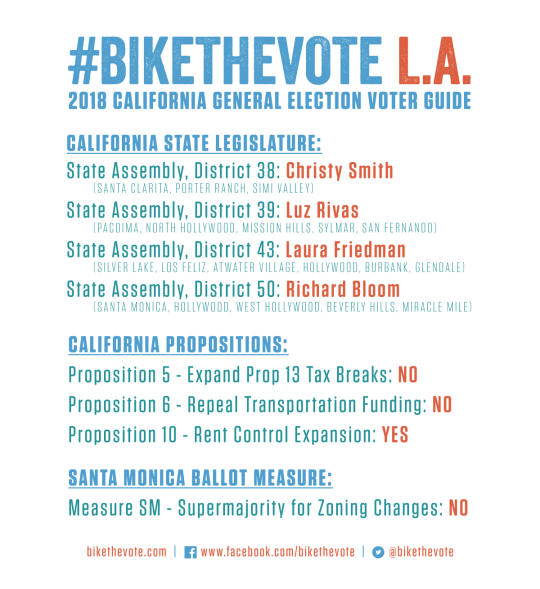
2018 California General Election: Tuesday, November 6th, 7am-8pm
Find your polling place: http://lavote.net/locator
CalBike endorsements: http://www.calbike.org/bike_the_vote_with_calbike
ENDORSEMENT: CHRISTY SMITH FOR ASSEMBLY DISTRICT 38
Christy Smith nearly took this seat in 2016, and now has a strong shot at unseating an incumbent who CalBike notes has “reliably voted against our bills to improve bike safety.“ In May, Smith provided an exceptional response to CalBike’s candidate questionnaire, in which she supported increased funding for biking and walking and showed a thorough understanding of what is needed to provide a more equitable transportation system. Her responses earned her CalBike’s endorsement in the primary, and Bike The Vote L.A. is honored to join CalBike in endorsing Christy Smith for the California State Assembly.
ENDORSEMENT: LUZ RIVAS FOR ASSEMBLY DISTRICT 39
An engineer by education, Luz Rivas has a strong track record on safe streets during her tenure as a Public Works Commissioner for the City of L.A. She provided support for many projects spearheaded by Pacoima Beautiful (a local advocacy group), including the Pacoima Wash initiative and the Pacoima Urban Greening Plan. Rivas’ March response to Bike The Vote L.A.’s questionnaire earned her a strong A- based on her support for complete streets funding and to clarify the rights of people on bikes under the Vehicle Code. Bike The Vote L.A. is honored to endorse Luz Rivas as an inspiring candidate who has the prospect of being a strong supporter of safe streets within the California State Assembly.
ENDORSEMENT: LAURA FRIEDMAN FOR ASSEMBLY DISTRICT 43
Running unopposed in 2018, Assembly Member Laura Friedman continues to be one of the strongest advocates for environmental issues in Southern California. From her important work on AB 2363, which seeks to address the impact that speeding has on traffic safety, to thoughtful work on addressing the state’s housing crisis, Friedman is a true leader in improving the safety and quality of mobility options in California. Bike The Vote L.A. wholeheartedly endorses Laura Friedman for a second term in the California State Assembly.
ENDORSEMENT: RICHARD BLOOM FOR ASSEMBLY DISTRICT 50
In 2015, incumbent Assembly Member Richard Bloom was honored with the first ever Streetsblog California Legislator of the Year “Streetsie” Award. As chair of the Assembly Budget Subcommittee on Resources and Transportation, Bloom has been and continues to be an important leader at the state level for safer streets. In his time in the Legislature, Bloom has consistently supported safe streets and active transportation, and was the author of a bills to create a ticket diversion program for cyclists (AB 902) and enable buses to be equipped with bike racks that can carry three bikes rather than two (AB 3124). Bloom continues to be an important advocate for sustainable transportation options and Bike The Vote is honored to endorse him for a fourth term in the California State Assembly.
NO ON CALIFORNIA PROPOSITION 5
Proposition 5 is an effort to expand the scope of 1978’s Proposition 13, which has helped to produce extreme wealth inequality across the state. By under-taxing property owners, Prop 13 has decimated the primary source of funding for many basic government functions, leaving the gap to be filled with regressive sales taxes. Proposition 5 would double-down and further exacerbate these issues by allowing homeowners who already benefit from Prop 13 to take their immense tax breaks with them should they chose to sell their homes and move to new, more expensive homes.
It’s true that California’s housing crisis has severely limited the mobility of Californians: renters have little ability to move due to sky-high rents and new homeowners are forced to carry the tax burden of decades of subsidies given to older homeowners. But providing a new option for achieving housing mobility exclusively to (predominantly) wealthy homeowners does nothing to address the barriers to opportunity facing renters, younger Californians, or new residents, and instead threatens to exacerbate those barriers.
Proposition 13—enacted at a time when California was far more conservative than it is today—maintains a stranglehold over tax policy in the state, with severe and far-reaching impacts. The result has been chronic, across-the-board shortfalls in funding for pressing needs, including active transportation, green space, and public housing that would allow Californians to maintain shorter commutes.
Bike The Vote L.A. opposes Proposition 5 and urges a “NO” vote against this effort to expand the giveaway to long-time homeowners at the expense of renters and younger Californians.
NO ON CALIFORNIA PROPOSITION 6
RED ALERT: If Proposition 6 passes, decades of our work to improve safety and reduce pollution will be undone. Placed on the ballot by a Republican Party aiming to energize its base, Proposition 6 seeks to repeal the fuel tax for road repairs and transportation funding enacted by the legislature in 2017 (SB 1).
It’s no secret to anyone in Los Angeles—regardless of how they get around—that California streets are in dismal condition. This pot-holed reality is a result of decades of underfunding of road maintenance. While driving in California remains heavily subsidized through sales and property taxes, SB 1 took one small step toward funding road repair more fairly, since fuel taxes are paid more heavily by trucking companies and drivers of large, heavy vehicles that cause the most damage to roads.
SB 1 is a powerful tool for helping California move toward complete streets and sustainable transportation. Cities up and down the state already have received SB 1 funds to implement protected bike lanes, close sidewalk gaps, provide access for people with disabilities, and upgrade bus stops, among other improvements. Many of these projects could be canceled if Proposition 6 passes.
Republican proponents of Proposition 6 have no solution to fund long-overdue road repairs or to improve mobility options for California residents. Instead, they have proposed an ill-conceived, reactionary proposal of repeal in hopes of deflecting from their party’s failure to work in the interest of Californians at the national level. Proposition 6 should be a laughable joke, but it is a very real threat that would freeze efforts to improve transportation statewide.
Bike The Vote L.A. strongly opposes Proposition 6 and urges a “NO” vote on this cynical effort to de-fund road repairs.
YES ON CALIFORNIA PROPOSITION 10
Bike The Vote L.A. wholeheartedly supports the repeal of the Costa-Hawkins Rental Housing Act, the statute enacted in 1995 that heavily limits the ability of local jurisdictions to implement rent control. In Los Angeles, Costa-Hawkins prohibits protections for renters in buildings built after 1978 or in single-family homes, and allows landlords who push rent controlled renters out to raise rents on vacated apartments without limitation.
California is in the midst of an extreme housing crisis.
The crisis is multifold: we aren’t building enough subsidized housing to shelter vulnerable populations, we aren’t building enough public housing to break our reliance on housing as a profit-oriented industry, we aren’t building enough housing overall to meet demand (especially in wealthier neighborhoods), and rising rents heavily outpace wages statewide.
In Los Angeles, this has created an epidemic of Angelenos experiencing homelessness and incentivizes real estate speculation that leads to the cycle of long-time renters being displaced from once-affordable neighborhoods now seen as ‘hot’ or ‘up and coming’ for younger middle class people.
Transportation is inextricably tied to housing. The distances of our commutes to work and school, as well as our neighborhood travel to businesses and open space, all influence how we get around. When people are forced to live 20-, 30-, 40-miles from their work or school, they’re less likely to bike and walk for daily trips, making it more difficult to meet California’s goals to reduce pollution and emissions.
A failure to protect rental communities from an aggressive housing market means that changes of any type can increase the threat of displacement from all sources, whether they take the form of actual improvements to the quality of life in neighborhoods or even the perception that changes might support higher rents and higher property values. No community should have to say no to safer streets, to more comfortable sidewalks, to street trees, to better bus service, or to bike lanes for fear that such improvements might encourage speculation that could displace vulnerable renters.
Bike The Vote L.A. supports the repeal of Costa-Hawkins and urges a “YES” vote on Proposition 10.
NO ON SANTA MONICA MEASURE SM
As a means of enabling active transportation, Bike the Vote L.A. supports increasing the housing options of individuals in LA county, and especially supports increased housing production near job centers like Santa Monica. Measure SM would impose another obstacle to creating needed housing in affluent areas.
The law today allows the Santa Monica City Council to approve requests for projects to exceed the height restrictions put in place by the General Plan. This flexibility is a good thing, since it can allow for the opportunity to build more housing on each piece of land and allows the Council to negotiate for additional low-income units and amenities that benefit the community. Measure SM would require a supermajority of 5 of the 7 Council members to approve height increases, instead of a simple majority like every other decision. In short, Measure SM would put an additional hurdle in the way of building more housing and impose a unique, extraordinary standard on land use matters. This is NIMBY obstructionism, plain and simple, and would be a step backward for creating affordable housing and enabling shorter commutes.
Bike The Vote L.A. urges a “NO” vote on Santa Monica Measure SM.

